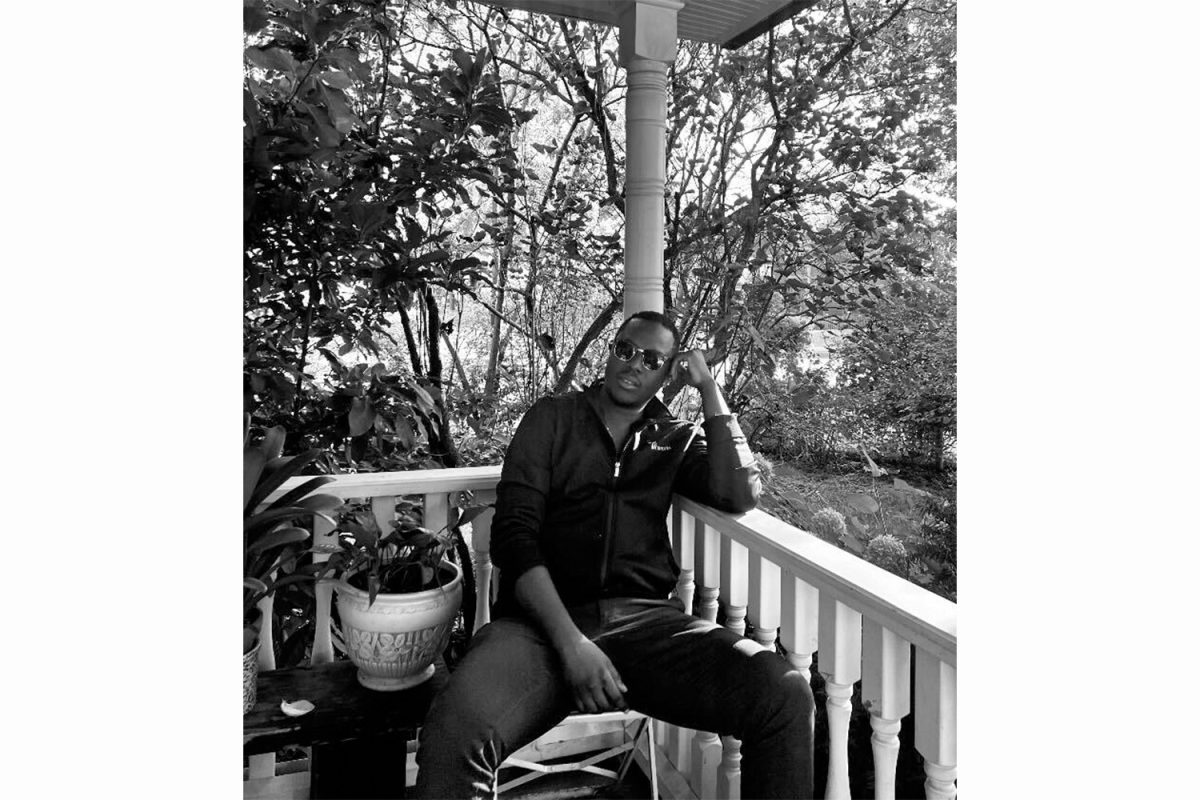As I arrived in Chicago after a seven-day stint at the Toronto International Film Festival, I couldn’t stop thinking about one movie. I went into the festival with the intention of writing about the overwhelming number of female-directed, -written, and -acted films on my viewing list, including Jane Campion’s Bright Star and Drew Barrymore’s Whip It.
However, mere hours into my trip, I sat down for Lars von Trier’s Antichrist and the focus of this piece — and my trip — changed dramatically.
Von Trier has long been pushing the limits of cinema. He is known for Dogme 95, a bare-bones filmmaking movement, and his “Golden Heart Trilogy,” composed of Breaking the Waves, The Idiots, and Dancer in the Dark. In Antichirst, von Trier explores a wide array of topics — exposure therapy (in which subjects are presented with their deepest fears), genital mutilation, and spousal relationships.
Antichrist depicts the story of a couple, played by Willem Dafoe and Charlotte Gainsbourg, working through the grief of losing their only son. In an effort to focus on healing, they depart for their cabin in a forest called Eden. Here, in so many words, “chaos reigns” (a talking fox literally says this to Dafoe’s character).
The film’s focus shifts from a somewhat conventional narrative and onto Gainsbourg’s eventual psychotic breakdown. She becomes a physically and sexually violent force, believing that she and all women are innately evil. She goes on to claim that women have no control over themselves because nature plays such a prominent role in their inherent makeup.
With this conviction, Gainsbourg begins to commit serious acts of violence akin to those in the film Misery. Many critics have pointed at a scene in which hundreds of faceless women descend a hill to be the paramount of von Trier’s supposedly misogynist message.
From the Serial Queen Melodramas of the 1920s through ’40s film noir and into the ’90s, the violence that women exhibit has been due to a direct pressure, usually exerted by a male force.
Rarely do we see a female acting out in an ultra-violent manner unprovoked. Thelma and Louise were acting out of revenge, Fatal Attraction’s Alex feared being alone after choosing career over family.
What distinguishes the violence in Antichrist is Gainsbourg’s motivation. She believes that she is naturally an evil force, which justifies her extreme violent actions.
Until now, it has been the male who has gone without accountability. Decades of gratuitous violence have trained us to respond nonchalantly to male acts of aggression. We accept physical and sexual abuse as an unfortunate but common evil. Men cannot control their sexual impulses, and it is within this very framework that we see Gainsbourg succumb to a perverse madness. Her inhabitation of the sexual deviant is initially what motivates her actions.
In recent cinema, we have encountered the enigmatic who “just likes to watch the world burn.” A lack of any real motivation, merely a propensity towards violence and chaos, is what make Anton Chigurh of No Country for Old Men and the Joker so terrifying.
This lack of motivation carries over to Gainsbourg. She examines her very nature as a satanic and unyielding force, allowing her to validate grotesquely violent action. von Trier has now transferred to women the normal movie violence that has so long been exclusive to men.
Do I actually believe that I am naturally prone to evil acts? It doesn’t really matter. That Von Trier has posed this possibility is what counts. Perhaps the women moving down the hill are a metaphor for what is to come.






